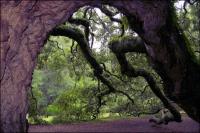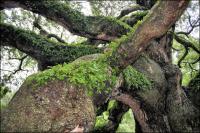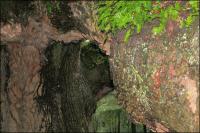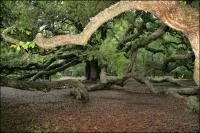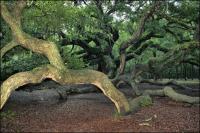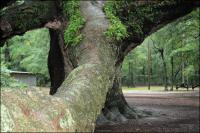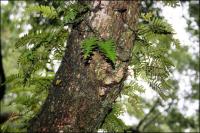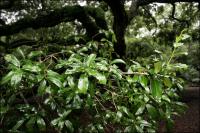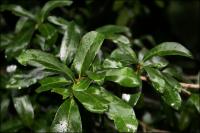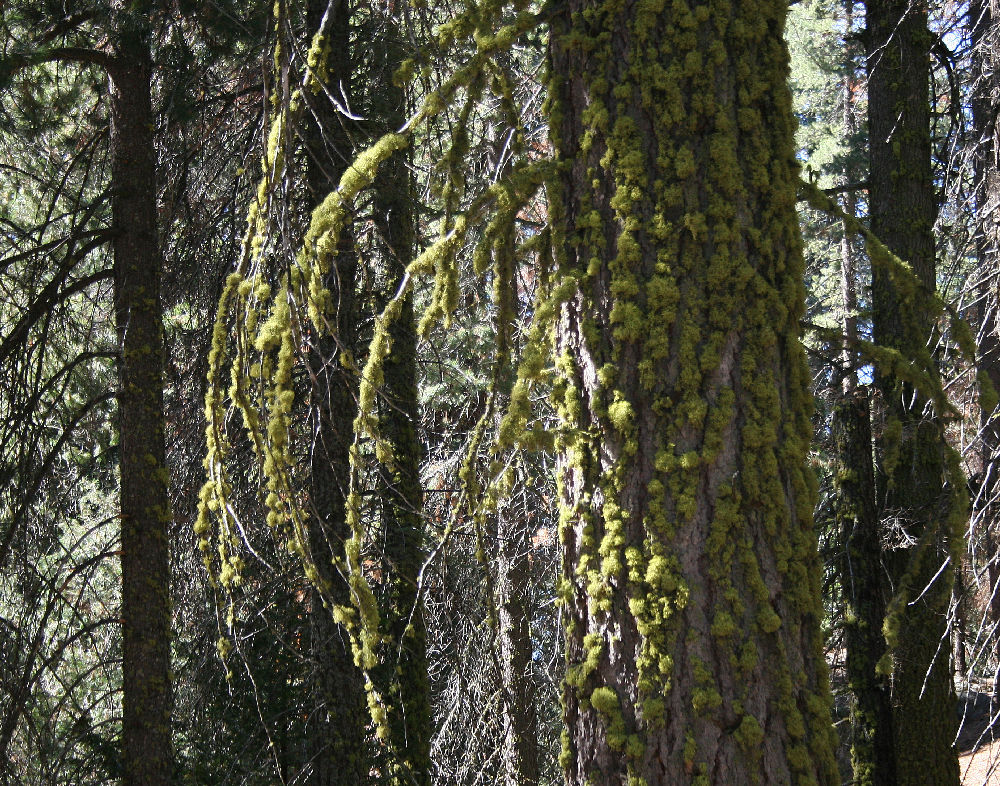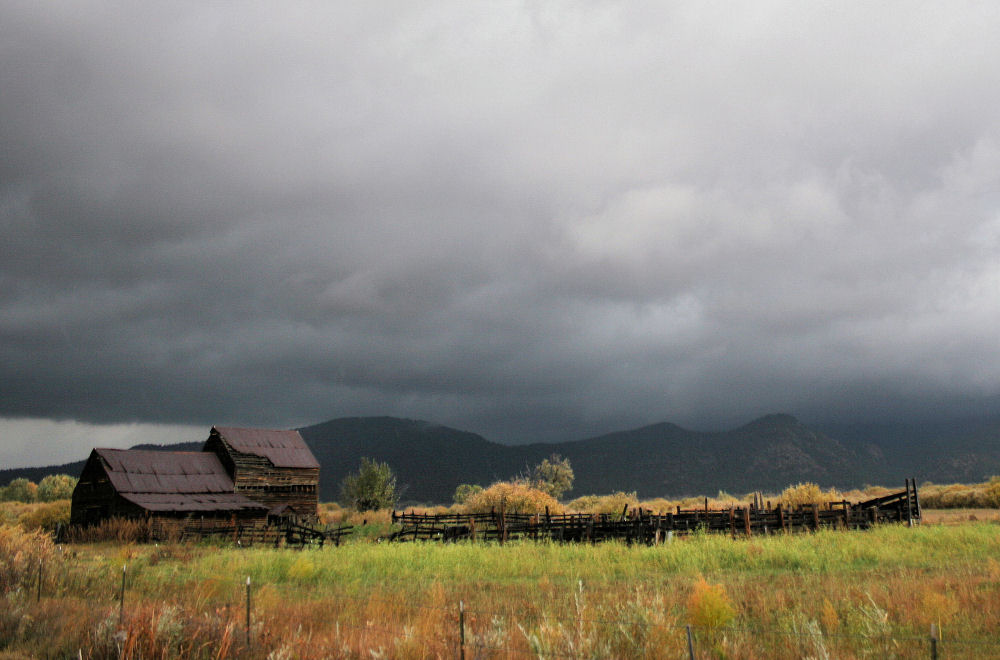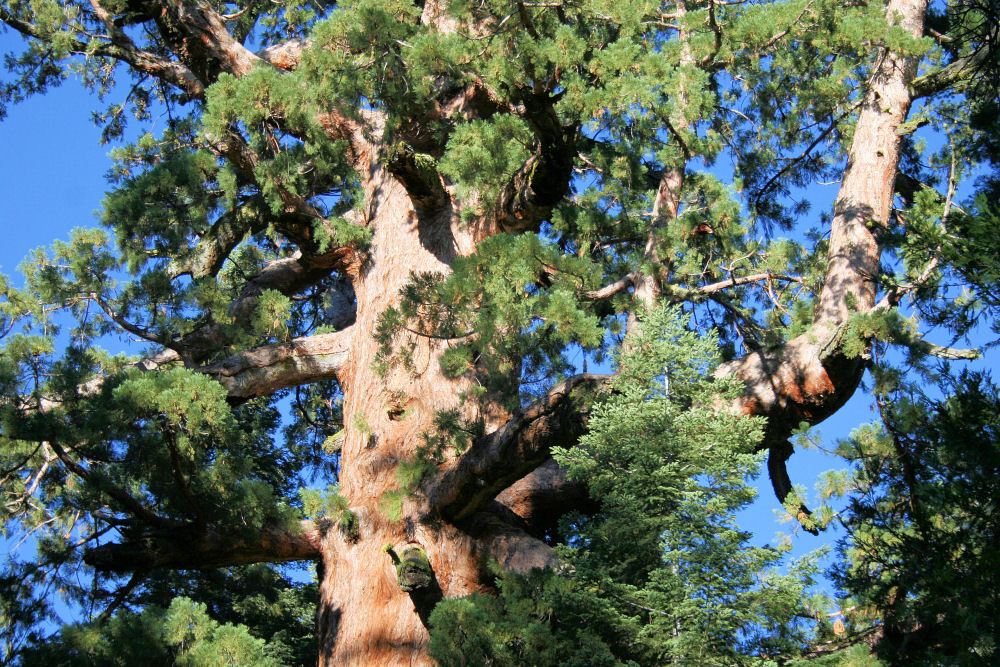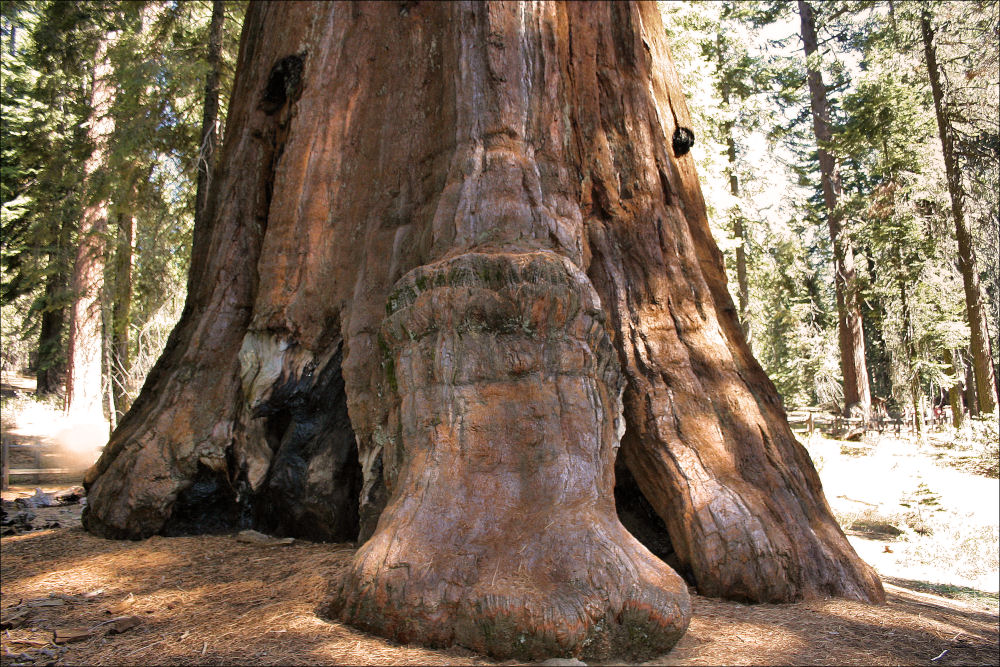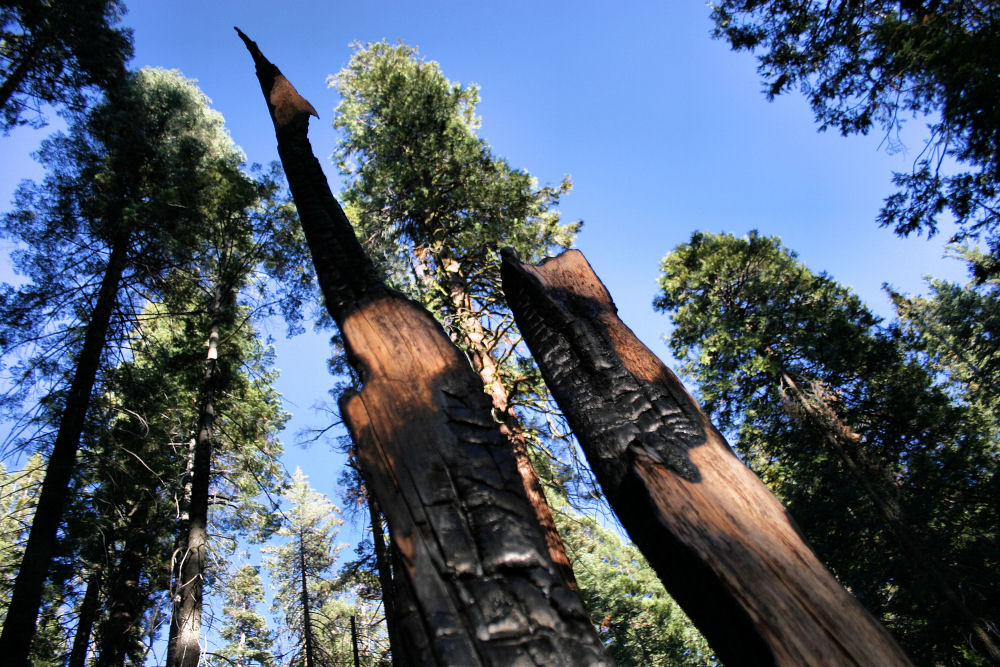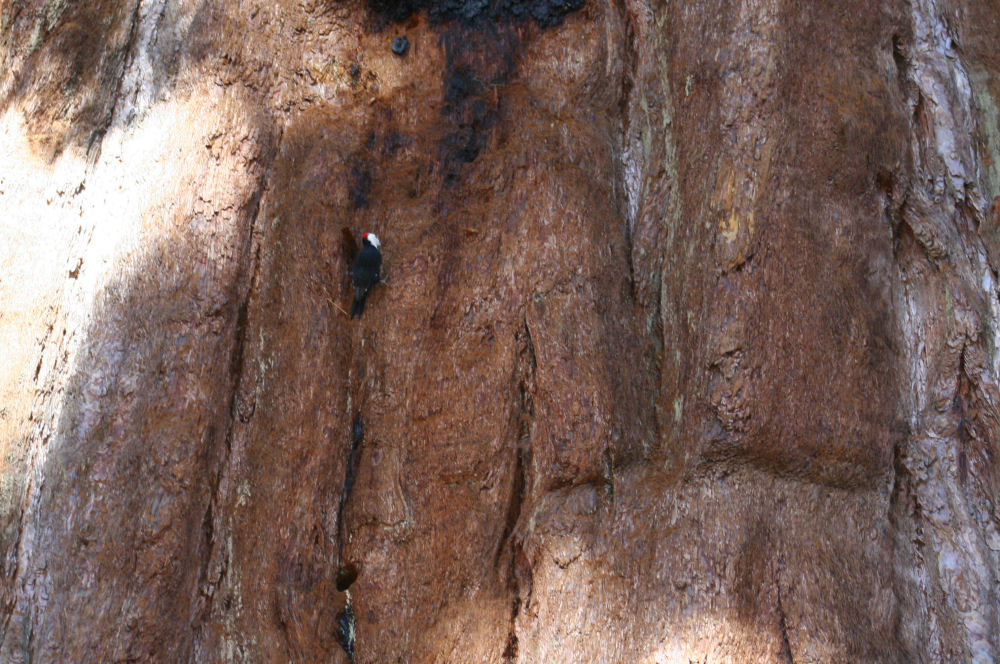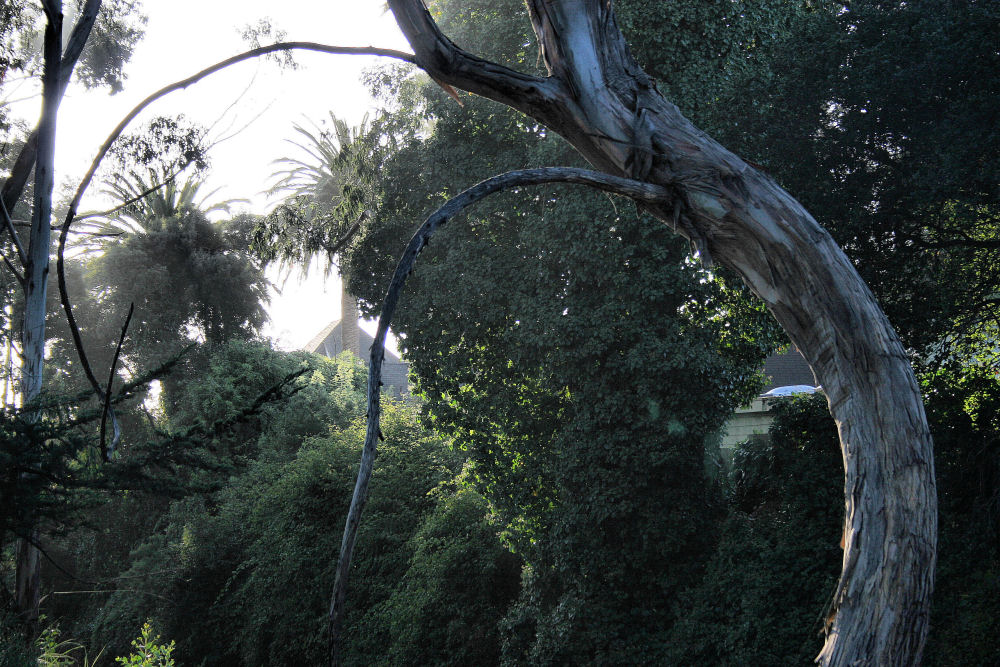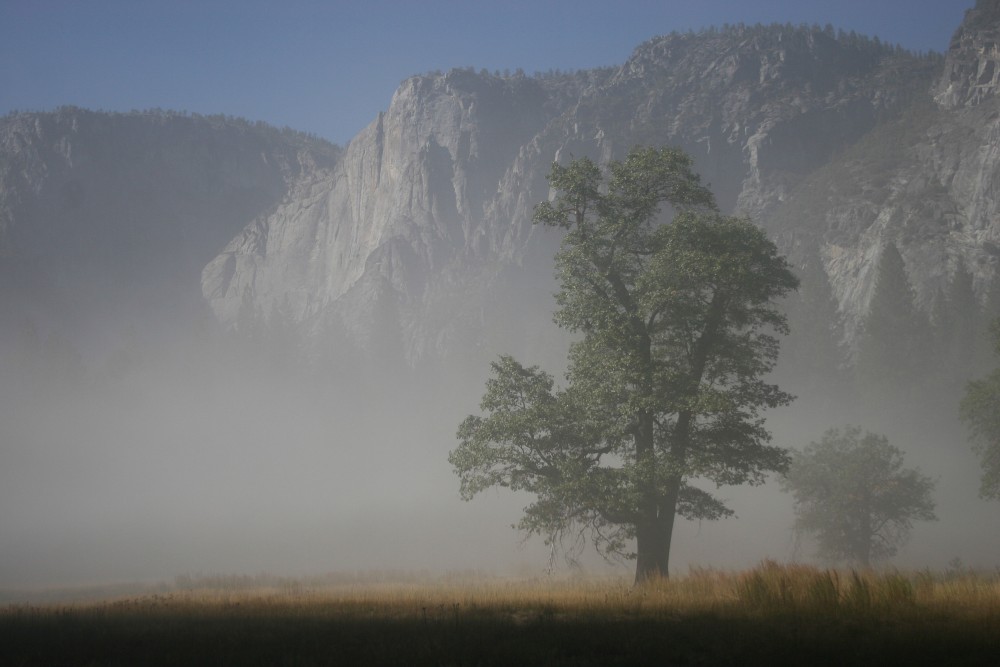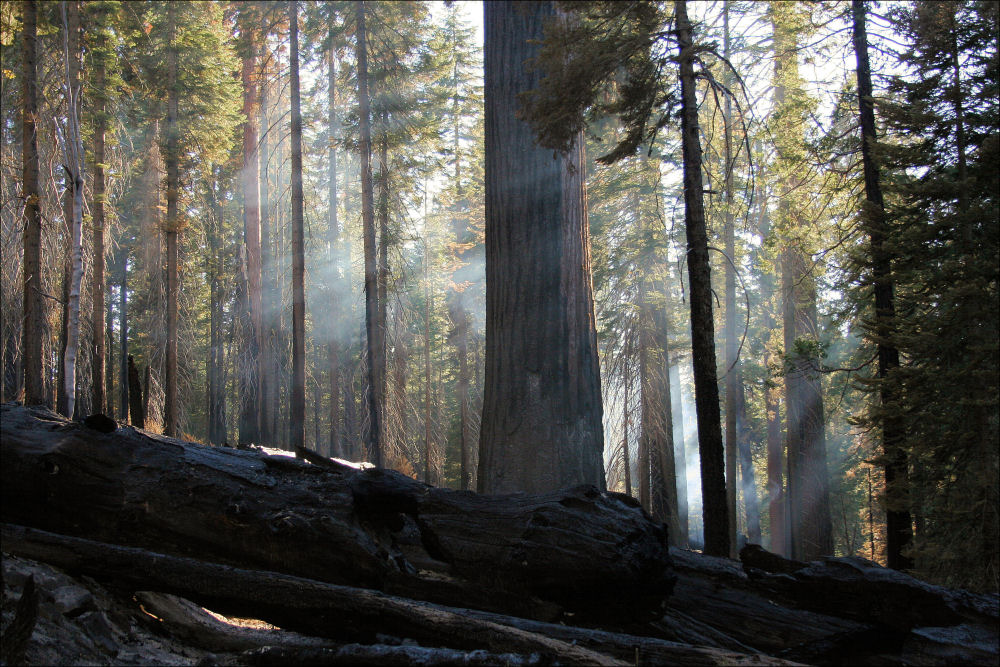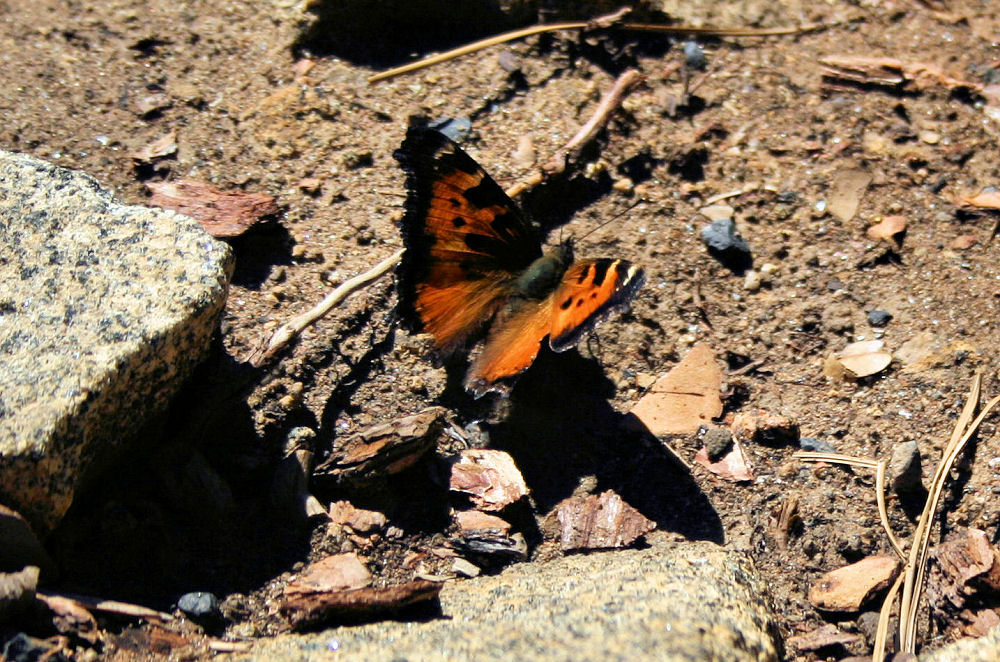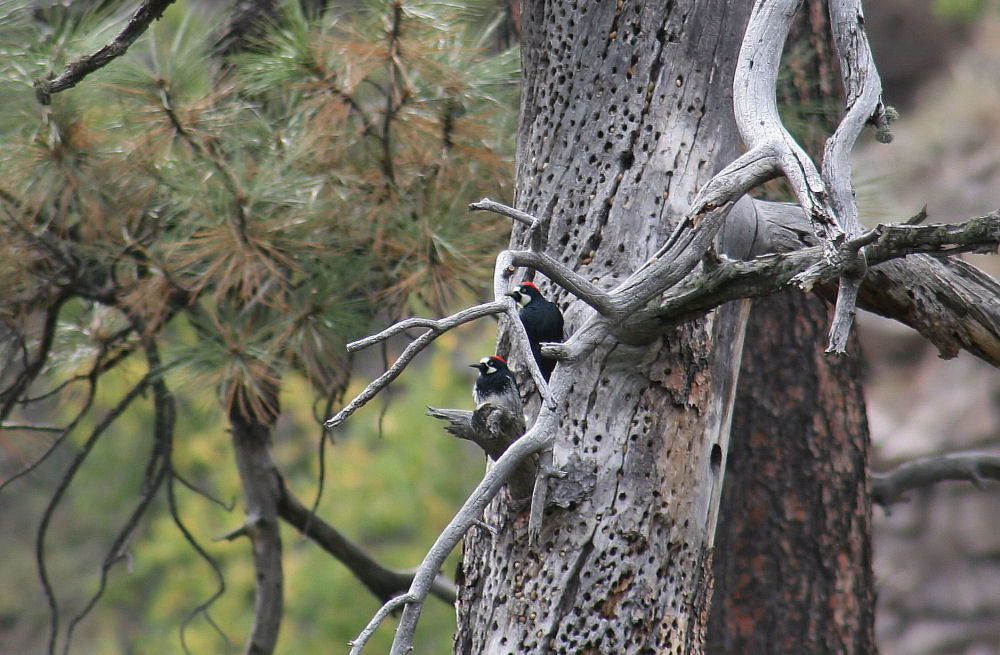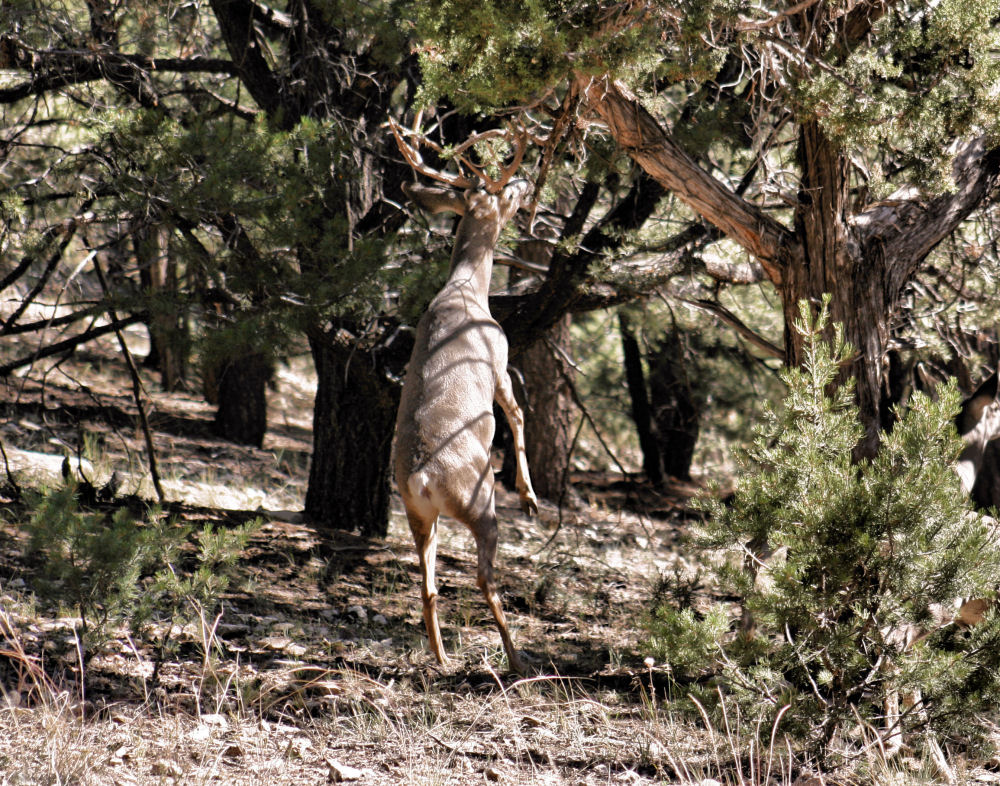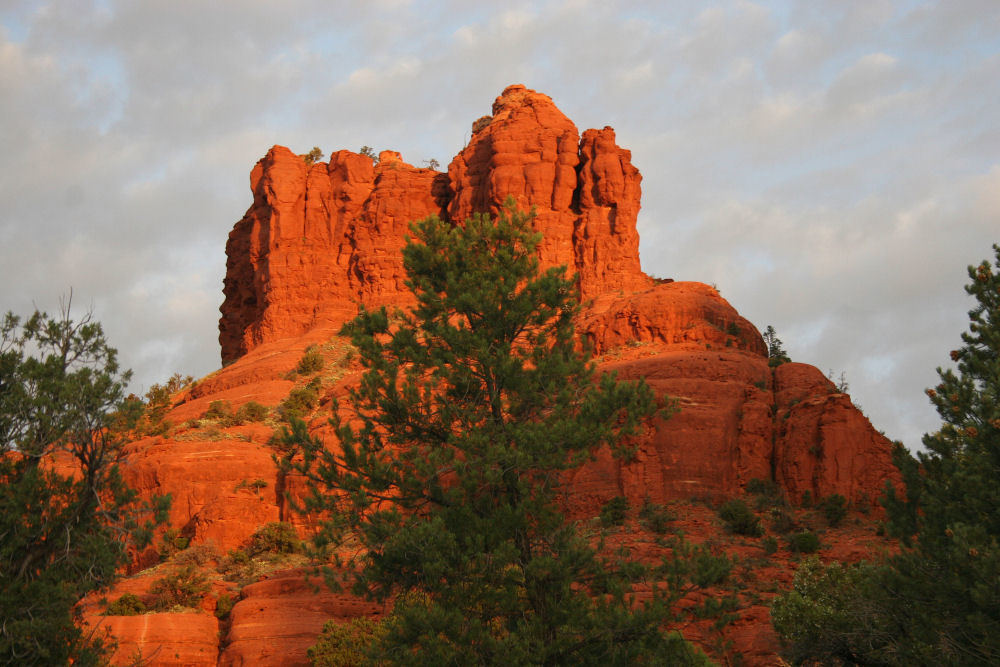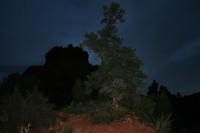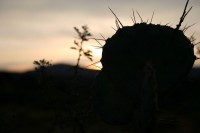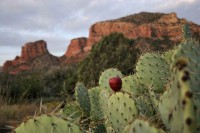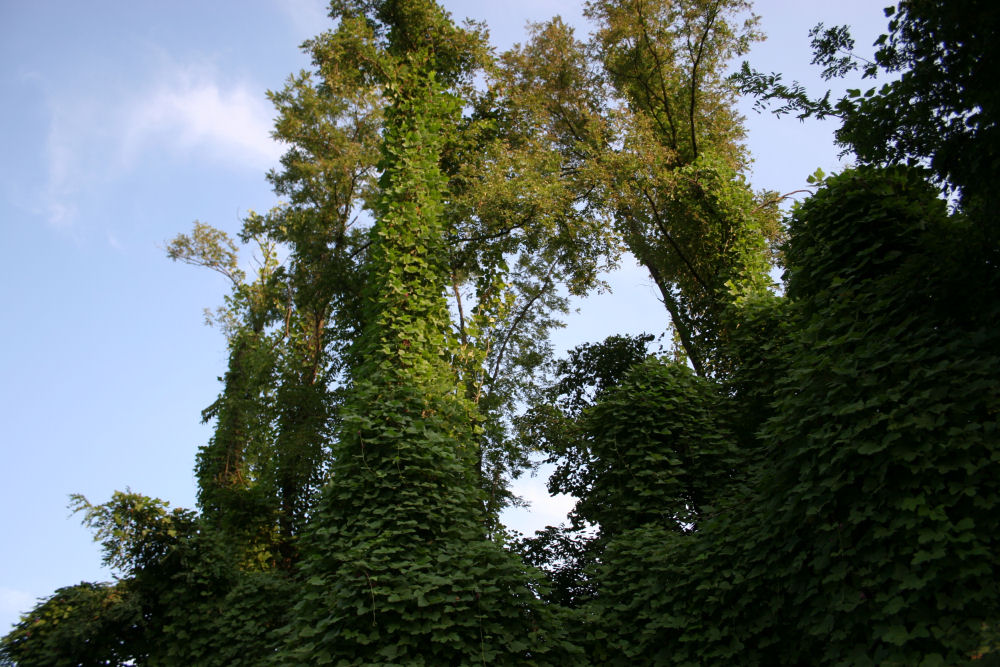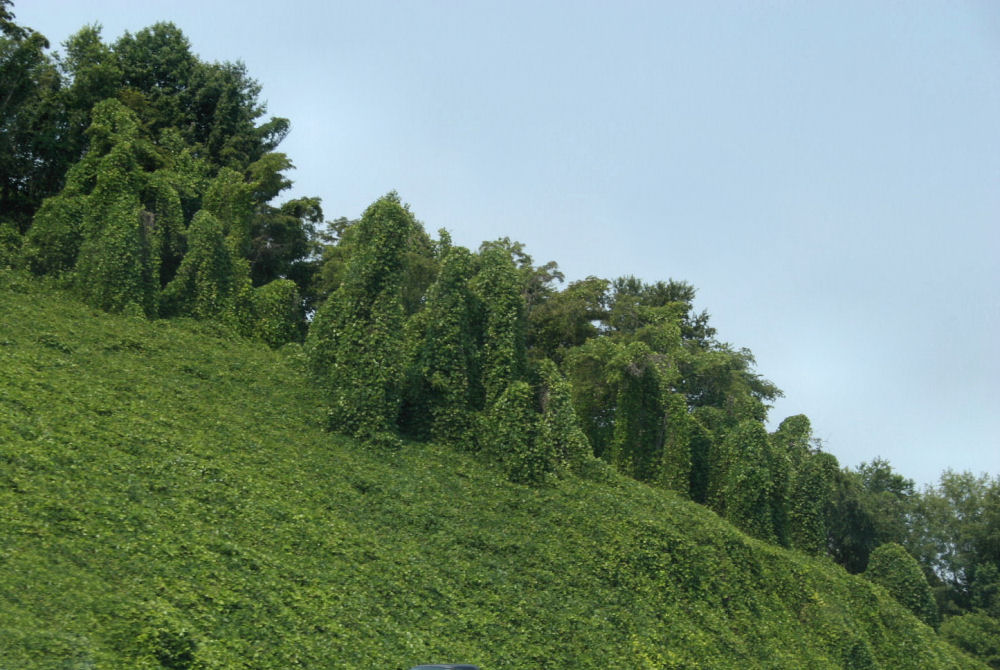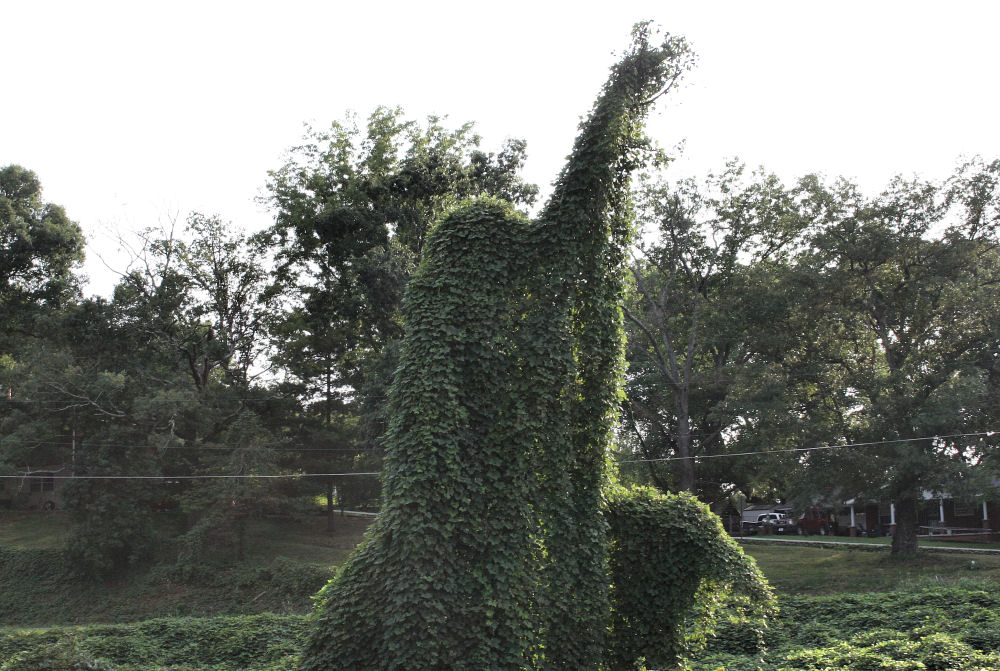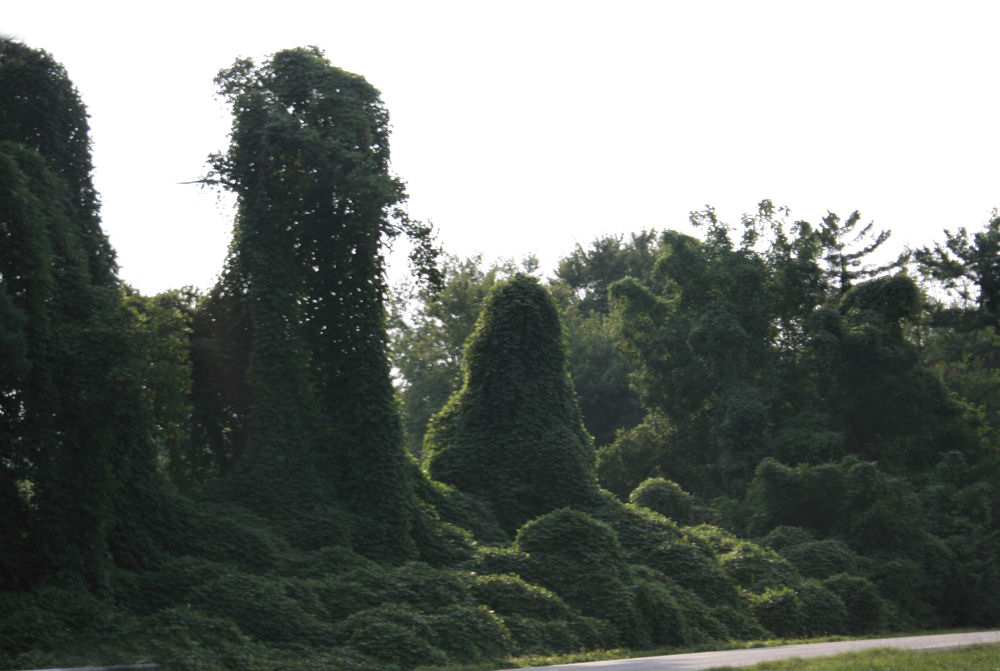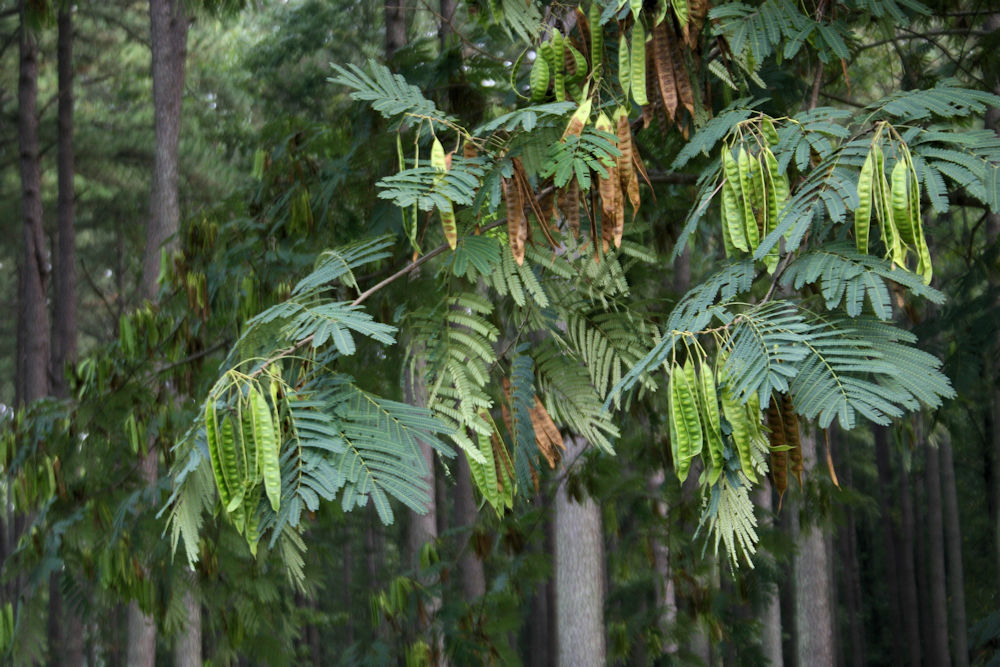Date: February 25th, 2009 | Comments : none | Categories: conservation, Environmental issues, Green, Historic significance, issues, petition, Seasonal, Series, South Carolina, Summer, Travel, Travel USA, Trees, Unusual Interest, Urban and State Parks, USA.
Update – originally posted September 11, 2008
~
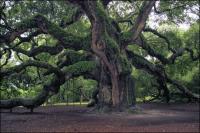
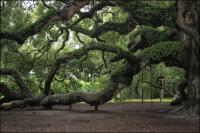

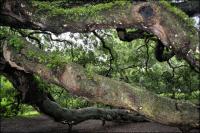
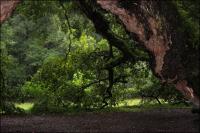
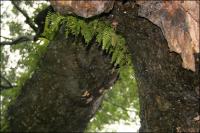
This set of photos honors the efforts of a petition to halt construction on John’s Island, South Carolina that would have encroached on an area of land boasting an Oak tree estimated to be between 300 and 400 years old.
Charleston, SC is proud of its heritage and respected for its commitment to preserving history in the area. Thanks to individuals rallying together and signing a petition, we are reassured that small efforts can and do make a difference on this planet. The land surrounding the Angel Oak is no longer in jeopardy. 17 acres were purchased by Lowcountry Land Trust, protecting the area adjacent to the tree.
Initially I wrote a longer article promoting the petition and website, which is no longer active. There were pages of exclamations by tourists who have visited the area specifically to see the Angel Oak, and interesting comments and pleas from residents who have fond memories of climbing the branches as children, and whose children now do the same. A nearby elementary school carries its’ name.
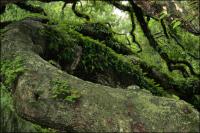
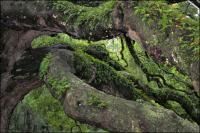
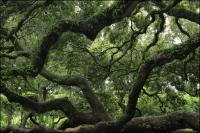
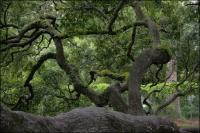
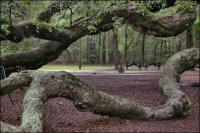
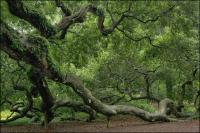
During the summer of 2008, my husband and I drove through South Carolina and took a short detour to John’s Island because I had heard of the tree and was very curious to see it. We drove through wicked rains at the edge of Tropical storm Faye, so when we arrived at Angel Oak park no one else was there. The tree trunk and lower branches are so immense, many have been propped up with stakes and heavy cables here and there, which is a little intrusive for photo-taking, but obviously necessary. Growth is spread outward more than upward, occupying an enormous space at least 150 feet wide.
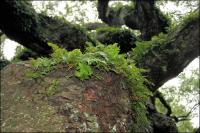
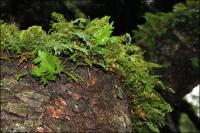
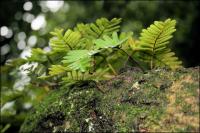
According to after the Category 5 Hurricane Hugo hit the coast of in 1989, Governor Carroll Campbell is reported to say that the storm destroyed enough timber in South Carolina to frame a home for every family in the state of West Virginia. All those trees and forests obliterated, yet The Angel Oak survived. It has since healed injuries inflicted by Hurricane Hugo.
Date: January 28th, 2009 | Comments : none | Categories: Elements, Garden, Leaves, red, Seasonal, Storms, Texas, Trees, USA, winter.
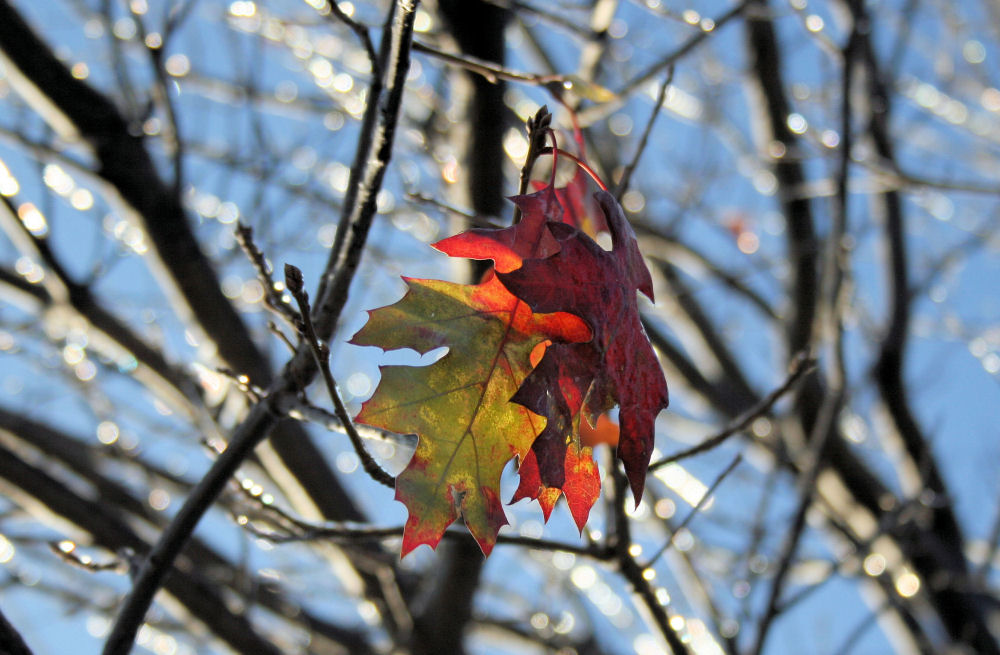 In the midst of winter we are back to Nature’s basics; the beauty of Structure, and the structure of Beauty. However, out in traffic the effects of the ice storm are not so pretty.
In the midst of winter we are back to Nature’s basics; the beauty of Structure, and the structure of Beauty. However, out in traffic the effects of the ice storm are not so pretty.
Date: November 27th, 2008 | Comments : none | Categories: Fruit, Garden, Leaves, red, Seasonal, Texas, Trees, USA, winter.
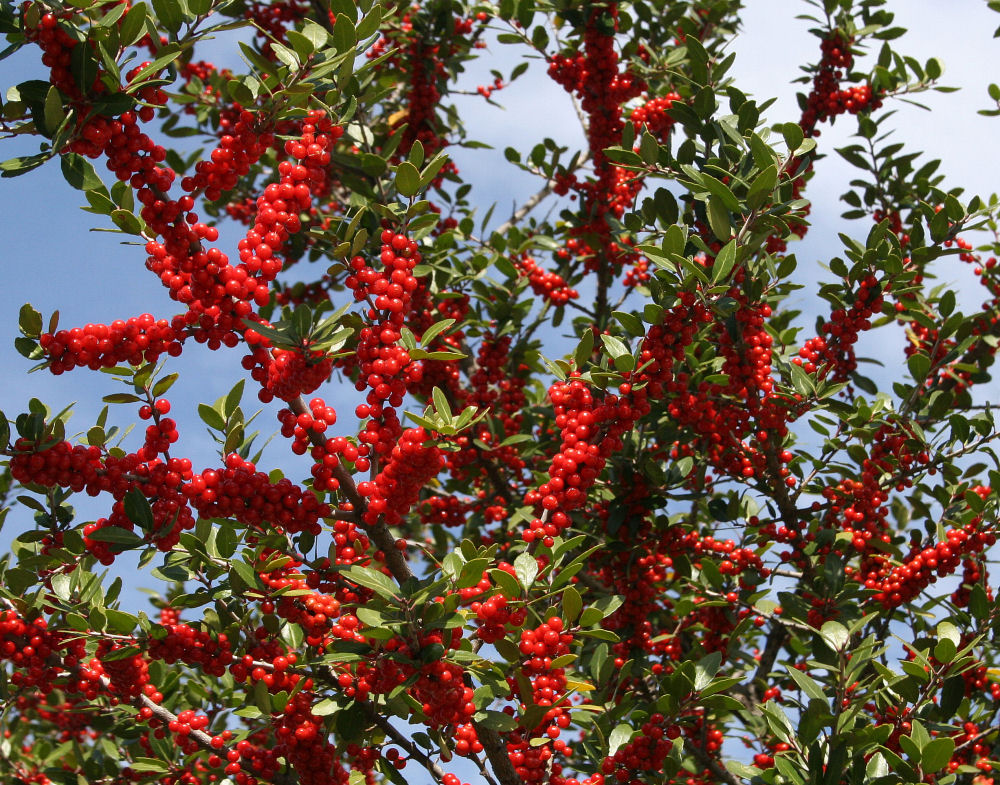 Splashes of color on the Cotoneaster “Cornubia” in our next door neighbor’s yard… branches are redder on the other side of the fence! They will remain this way most of the winter, minus a few berries plucked by birds.
Splashes of color on the Cotoneaster “Cornubia” in our next door neighbor’s yard… branches are redder on the other side of the fence! They will remain this way most of the winter, minus a few berries plucked by birds.
Date: November 15th, 2008 | Comments : none | Categories: fruit and veggies, Garden, Green, Leaves, Seasonal, Summer, Trees, USA.
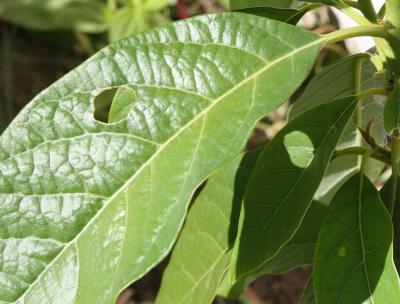 I haphazardly plunked a few avocado pits into the soil six years ago and one of them is now over seven feet high. However, it’s too close to the house and if I had known it would grow three feet in height and width this past summer I would have transplanted it somewhere smarter early last Spring.
I haphazardly plunked a few avocado pits into the soil six years ago and one of them is now over seven feet high. However, it’s too close to the house and if I had known it would grow three feet in height and width this past summer I would have transplanted it somewhere smarter early last Spring.
In the South there are no basements and the foundations of houses are more susceptible to cracking and deterioration; maintenance and prevention is critical. Now, Avocados are supposed to develop fruit the seventh year…this one possibly next year. What to do? Should I move it next Spring to some location with completely different light and soil conditions and risk it dying, or allow it to do what it will and perhaps enjoy a few home-grown avocados (a dream come true for a northern gardener), knowing that next year’s roots will be anticipating serious business as far as where they establish themselves…most likely in our foundation and the accompanying sprinkler system. The best decision is to move it sooner than later. We may not live here long enough to enjoy the fruits of our labor, but hopefully this tree will reestablish itself and produce fruit sometime soon, and it’s cool to think that someone – whoever, whenever – will enjoy fresh avocados from it.
Date: November 1st, 2008 | Comments : none | Categories: Autumn, Garden, Leaves, red, Seasonal, Texas, Trees.
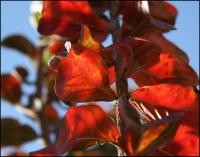
 The changing seasons in Texas are not as dramatic as in the North. There’s more time to appreciate the cooler weather and enjoy the colors of lingering leaves. Autumn here is all about extremes though; AC on during the day and furnaces on at night. Petals in the wind blowing off the remaining white Crepe Myrtle flowers remind me of the snow already flying up north. It’s so beautiful today.
The changing seasons in Texas are not as dramatic as in the North. There’s more time to appreciate the cooler weather and enjoy the colors of lingering leaves. Autumn here is all about extremes though; AC on during the day and furnaces on at night. Petals in the wind blowing off the remaining white Crepe Myrtle flowers remind me of the snow already flying up north. It’s so beautiful today.
Date: October 13th, 2008 | Comments : none | Categories: California, forest, Green, Summer, Travel, Travel USA, Trees, Urban and State Parks.
Date: October 11th, 2008 | Comments : none | Categories: Architecture, Autumn, Cultures, Landscape, New Mexico, Seasonal, Sky, Storms, Travel, Travel USA, Trees, USA.
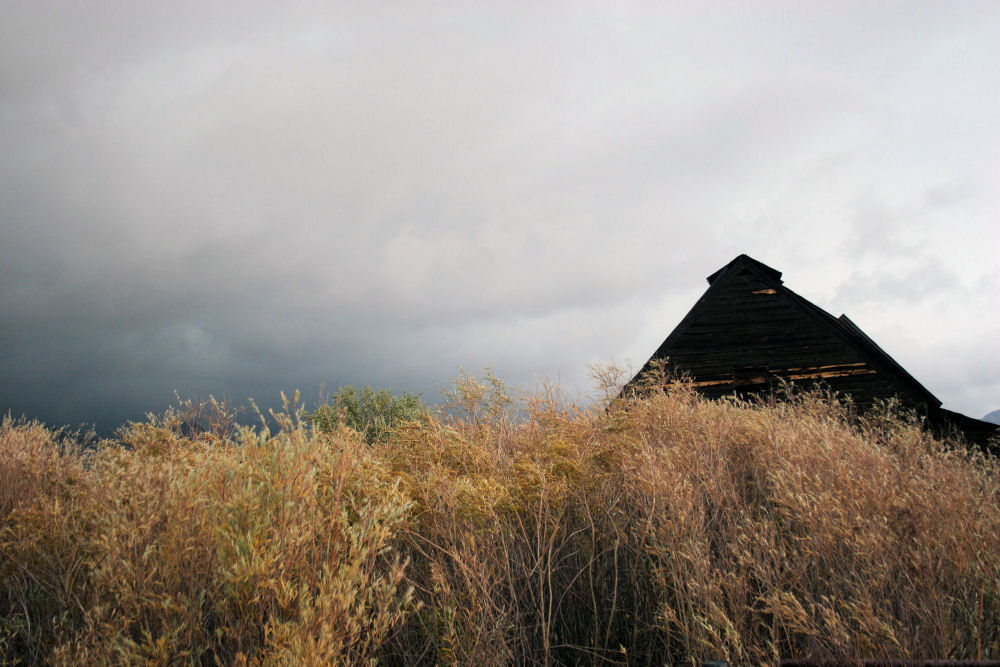 Old barn near Taos, New Mexico
Old barn near Taos, New Mexico
___________________________________________________________________________
Date: October 9th, 2008 | Comments : none | Categories: Autumn, Birds, California, conservation, Historic significance, Silhouettes, Travel, Travel USA, Trees, Unusual Interest, Urban and State Parks, USA.
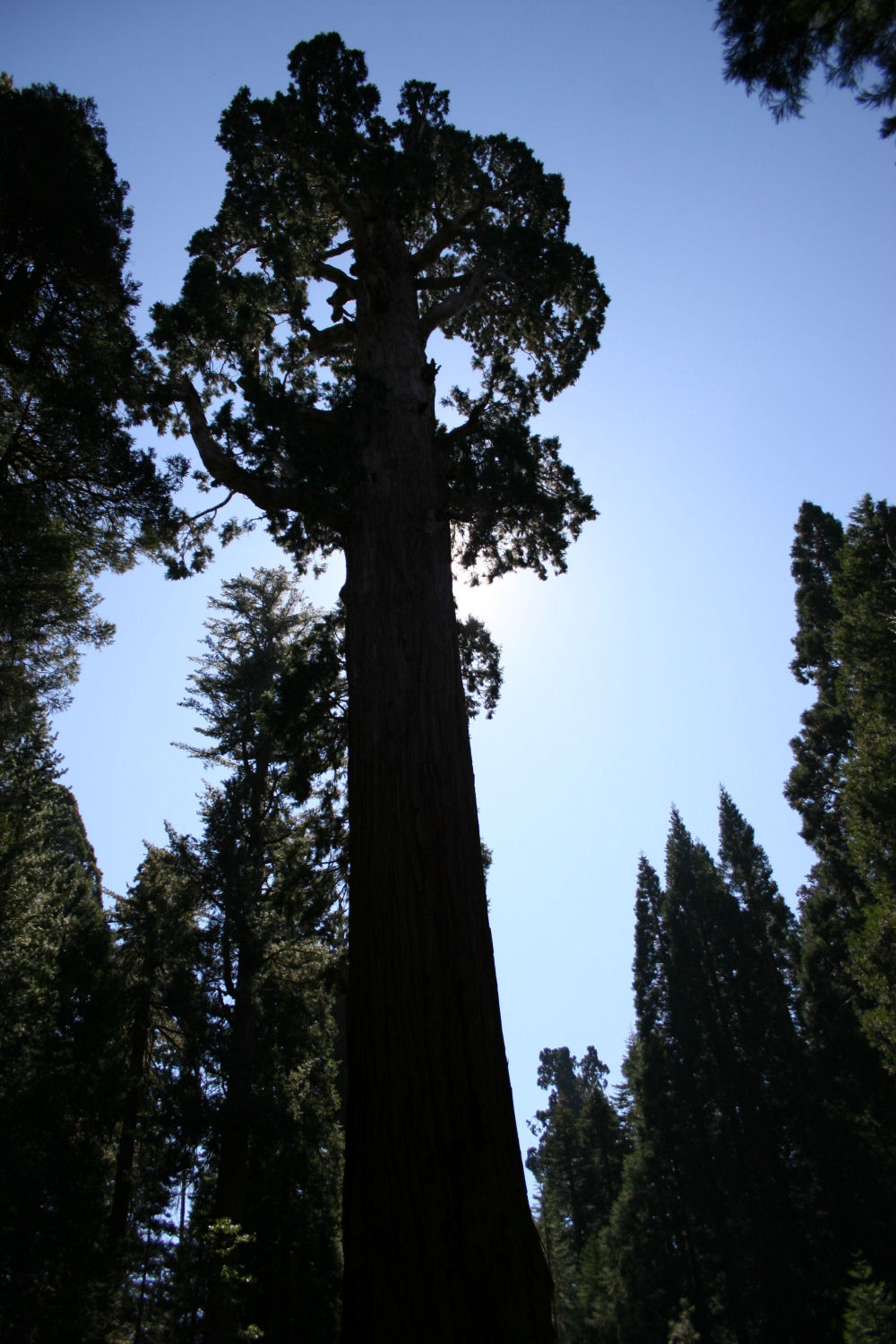 Sequoiadendron giganteum, Sequoia National Park, Mariposa Grove, Sierra Nevada, California
Sequoiadendron giganteum, Sequoia National Park, Mariposa Grove, Sierra Nevada, California
Giant Sequoias are among the oldest living things on Earth – the oldest known tree is 3,500 years old. Sequoias grow to an average height of 164–279 feet, or 50–85 metres, and 20–26 feet or 6–8 metres wide. Record trees have been measured to be 311 feet high (94.8 m). Visiting the Redwood and Sequoia forests in northern California needs to be on your bucket list..certainly, going back is on mine!
___________________________________________________________________________
___________________________________________________________________________
Date: October 8th, 2008 | Comments : none | Categories: Autumn, California, Elements, Insects, Landscape, Moths and Butterflies, Shadows, Travel, Travel USA, Trees, Urban and State Parks, USA.
_______________________________________________________________________________
_______________________________________________________________________________
Date: October 6th, 2008 | Comments : none | Categories: Animals, Arizona, Birds, Mountains, Seasonal, Travel, Travel USA, Trees, Urban and State Parks, USA.
___________________________________________________________________________
___________________________________________________________________________
Date: October 5th, 2008 | Comments : none | Categories: Arizona, Autumn, Elements, Fruit, golden light, Landscape, Mountains, orange, rocks, Seasonal, Silhouettes, Smile, sunrise, Travel, Travel USA, Trees, Urban and State Parks, USA, winter.
_______________________________________________________________________________
_______________________________________________________________________________
Date: September 21st, 2008 | Comments : none | Categories: Moon, Seasonal, Silhouettes, Sky, Texas, Trees.
 This is the most glorious tree in our neighborhood. It’s across our back alley and has been a favorite subject for many years because the silhouette is so beautiful against any sky during any season or time of day. The photo was taken nine days ago during the almost full moon on September 12th.
This is the most glorious tree in our neighborhood. It’s across our back alley and has been a favorite subject for many years because the silhouette is so beautiful against any sky during any season or time of day. The photo was taken nine days ago during the almost full moon on September 12th.
Date: September 4th, 2008 | Comments : none | Categories: Autumn, Design, Environmental issues, Green, Landscape, Leaves, Seasonal, Tennessee, Travel, Travel USA, Trees, Unusual Interest, USA.
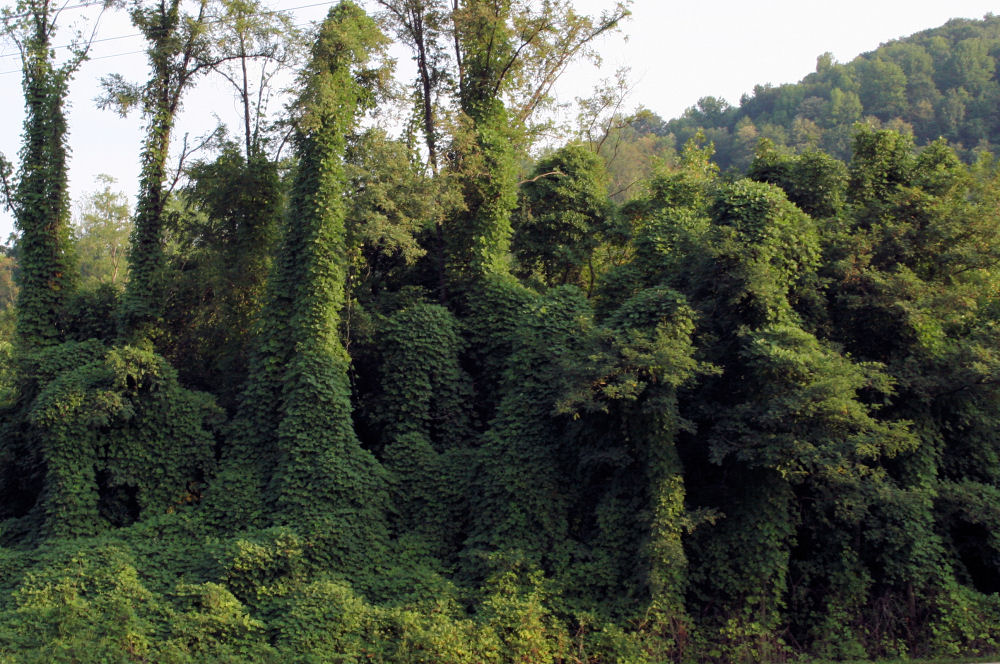 Kudzu, an invasive vine species covers trees in Southern USA, here in Tennessee, creating miles of sculptural shapes.
Kudzu, an invasive vine species covers trees in Southern USA, here in Tennessee, creating miles of sculptural shapes.
___________________________________________________________________________
___________________________________________________________________________
Date: September 1st, 2008 | Comments : none | Categories: flowering trees, forest, Fruit, Green, Landscape, Seasonal, Summer, Tennessee, Travel USA, Trees, USA.
Site Search
Meta

